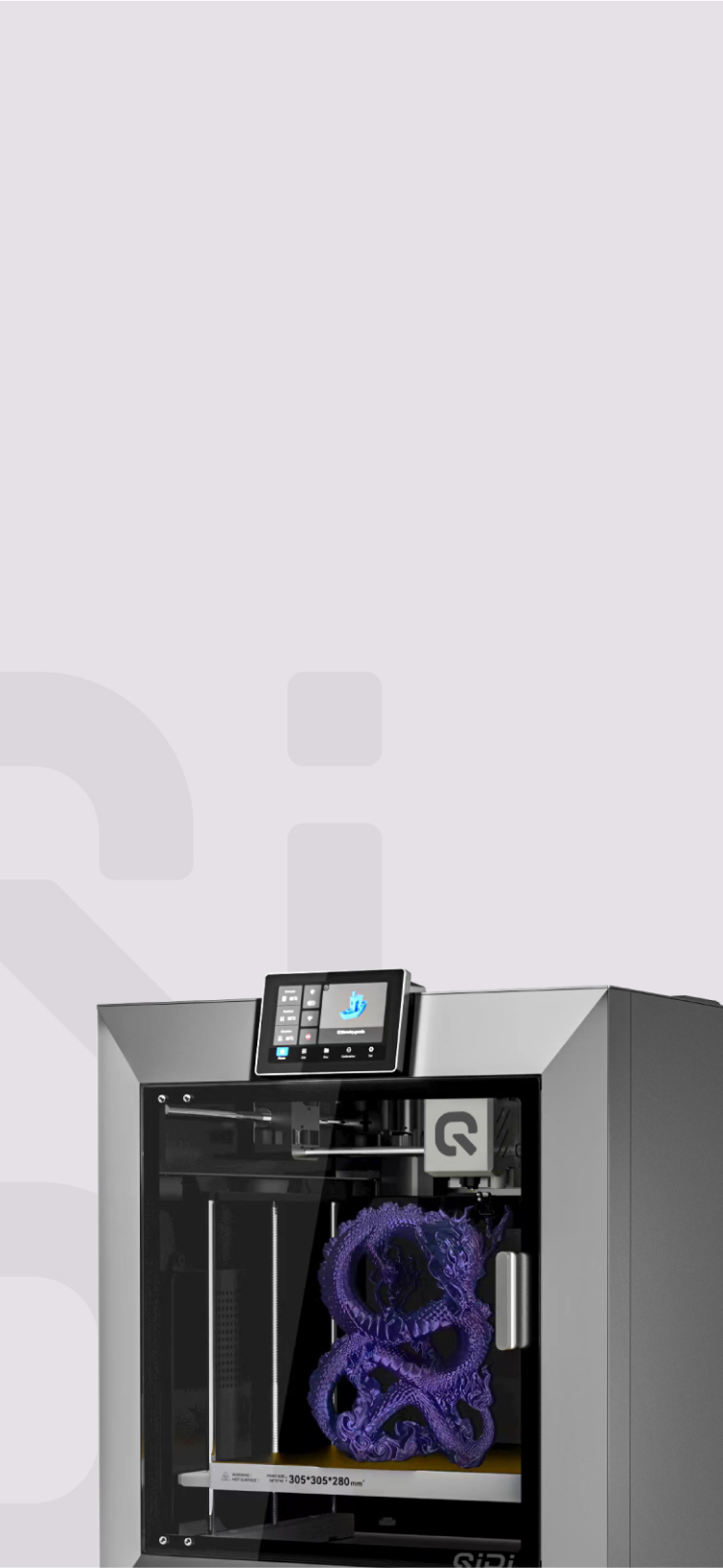Is 3D Printing Safe for Kids

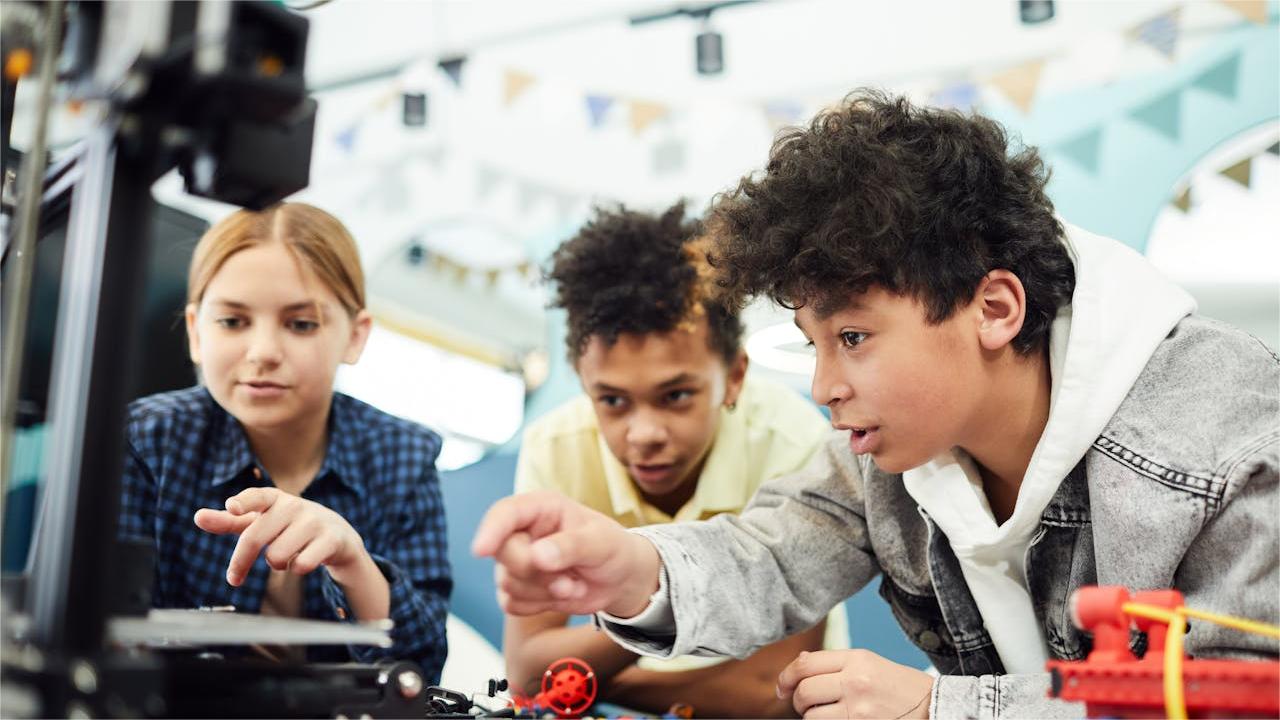
With its ability to turn imaginative ideas into 3D reality, 3D printing enthralls kids interested in technology and design. However, parents likely wonder: is this seemingly complex process actually safe for our children? Safety is crucial - but with some wisdom, 3D printing can responsibly educate kids about technology.
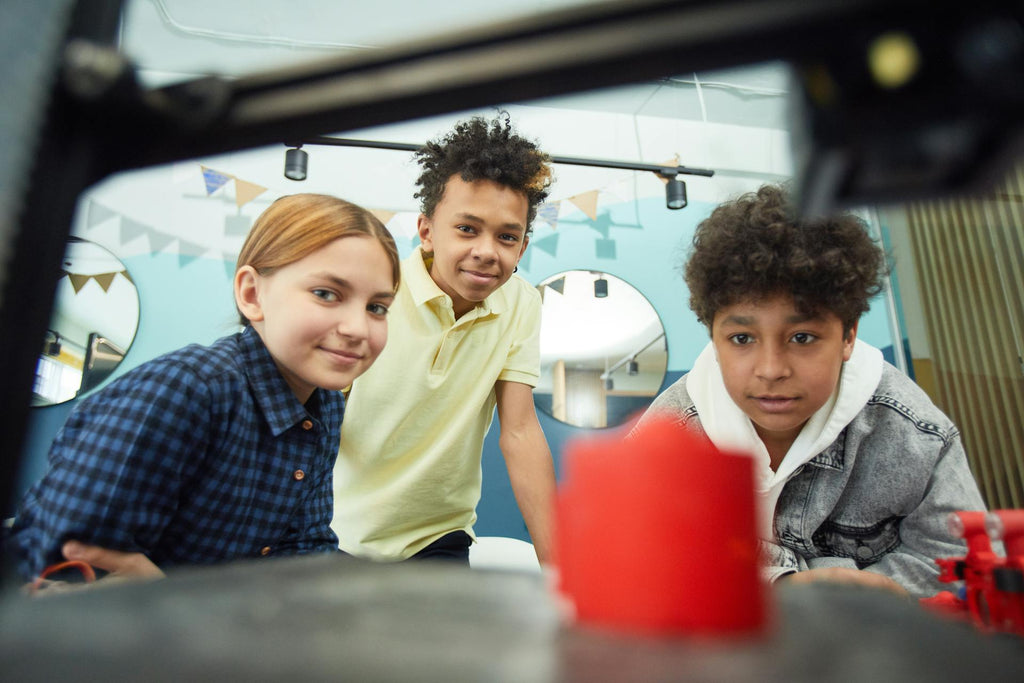
The Growing Trend of Home 3D Printing
As 3D printing technology becomes more accessible, many families now own home desktop printers. Children eagerly welcome the ability to turn imaginative ideas into physical models and designs. However, parents rightfully wonder whether potential hazards come with this advanced equipment.
Yet with prudent precautions and guidance, 3D printers offer young minds invaluable exposure to the emerging technologies rapidly shaping careers. Kids can gain hands-on viewpoints into innovation techniques influencing everything from manufacturing to medicine. Appropriate introduction aids youth in seeing themselves as capable shapers of the future instead of intimidated bystanders.
The considerations covered here allow parents to make informed decisions about integrating 3D printing's creative learning benefits while establishing essential safety practices. Ongoing supervision and age-specific wisdom guide children's technological literacy rather than restricting educational encounters that promise to unlock their potential while preventing avoidable risks.
How Does 3D Printing Work?
To assess safety factors, first, we must understand the technology. All 3D printing follows the same basic functioning:
1. Digital 3D Modeling
The user first creates a 3D model of the object they want to print using computer-aided design (CAD) software. Simple programs allow easy design of items like jewelry and figurines. More complex applications like AutoCAD or Solidworks provide sophisticated architectural and engineering modeling capabilities.
2. Layer-By-Layer Printing
Once satisfied, the user exports their model into a format the 3D printer can interpret. Most affordable home 3D printers are known as fused deposition modeling (FDM) devices. They feed plastic filament into a heated print head or extruder, which melts the material and then deposits it onto the printer's build plate one layer at a time until the object takes full shape.
So, in summary, users design any 3D form digitally, and then specialized equipment brings it to life by continuously adding material layer upon layer.
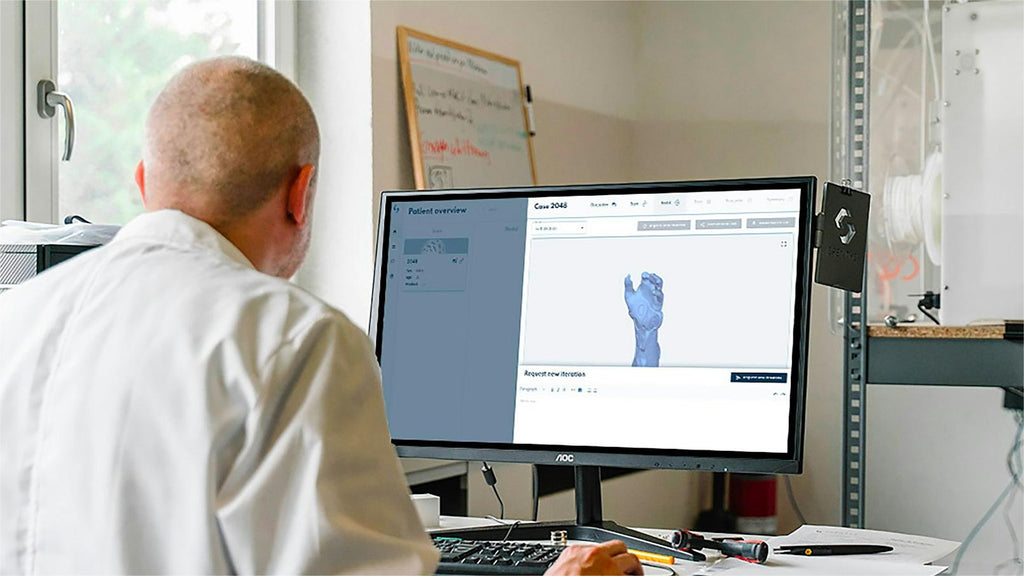
Is 3D Printing Safe for Kids?
Overall, yes - 3D printing is safe for kids with the right precautions. However, the risks vary by age:
1. Ages 5 and Under
Children this young should not directly interact with 3D printers at all other than observation. Tiny particles emitted into the air can damage young lungs if inhaled. Hot components pose contact burn hazards. Small printer parts present choking dangers as well if tampered with.
2. Ages 6-12
With close parental supervision, most elementary to middle school-aged children can safely be in the same room while a 3D printer operates using suggested protective measures. This exposure allows learning without hands-on risks. Kids this age can start to understand 3D modeling software.
3. Ages 13+
In their teens, young people possess enough maturity to take introductory 3D printing classes. With proper equipment like gloves, teens can directly assist with printer operations like loading/unloading filament and print beds under guidance. Formal training fosters technological literacy.

Assessing Safety Factors
When bringing a 3D printer into a home with kids, parents should evaluate the following risk areas and take preventative steps:
1. Airborne Particles
- Place the printer in a detached garage, enclosed patio, or basement with windows open. Avoid running it inside bedrooms due to microscopic plastic bits released into the air during printing.
- Kids with asthma should avoid prolonged exposure. Have kids wash their hands after touching printer parts and avoid touching their eyes and face prior.
2. Burn
- Print heads reach 200°C+ temperatures. Have kids wear heat-resistant gloves when removing prints. Lock the printer away to prevent unsupervised operation.
- Tie back long hair and keep loose clothing away from the printer bed. Do not allow leaning over the machine while powered on.
3. Tip-Overs
- Select a stable, low-to-the-ground printer less prone to being knocked over. Avoid small, tabletop models if young kids are present.
- Place on a non-slip printer stand, not directly on smooth surfaces. Keep the area surrounding the printer clutter-free.
4. Electricity
- Ensure all cables and cords are properly secured and away from walkways. Periodically inspect for damage.
- Do not allow kids to change connections or plug in the printer themselves. Be sure electrical outlets are grounded and GFCIs are used near water sources.
Proper training, attentive supervision, restricted access, protective gear, and noise/particle mitigating printer placement are key to fostering enthusiasm for 3D printing while prioritizing child safety.
Safety Tips for Kids Using 3D Printers by Age

1. Ages 5 and Under
- Do not let young children touch 3D printers at all.
- Allow them to stand back and watch the printer only if an adult is guarding them. Stay at least 6 feet back.
- Check often that little kids do not go past safe-standing areas.
2. Ages 6-12 (With Close Supervision)
- Adults must pay close attention to using 3D printers when elementary/middle school-aged kids are present.
- Place printers where fumes and particles can exit away from children, like a garage.
- Show children how to wash hands properly before and after the printer runs.
- Point out possible problems to kids while inspecting printers before use so they begin to learn. But do not let them handle controls.
- If exposure lasts over 30 minutes while operating, provide basic face/hand protection.
3. Ages 13+ (With Training First)
- Teens must take 3D printer safety classes before using it independently.
- Coach teens to self-inspect equipment prior to/during every printing with supervision.
- Require safety goggles, non-latex gloves, and masks certified for fabrication before use.
- Pay close attention to teens 3D printing until they consistently demonstrate safe habits.
Selecting a Kid-Safe 3D Printer
The Consumer Product Safety Commission reports few 3D printing-related injuries but cautions continuing education about conductivity, chemical exposure, and heat risks. Applying the above strategies optimizes safety, but choosing an appropriate printer also helps. Seek out key features like:
1. Totally Enclosed Design
A fully enclosed 3D printer with an internal camera streaming video output to a separate tablet or computer allows remote project monitoring while limiting airborne emissions. Some even filter such particles, improving room air quality.
2. Low Center of Gravity
Compact printers close to the ground make accidental tipping far less likely. Plus, lighter, smaller devices are easier for kids to properly position while permitting tabletop use.
3. Non-Toxic Plastics
Investigate which printing mediums devices utilize. More frequently, fused filament fabrication printers work with common plastics like PETG and PLA polymers, meeting food container regulations, signaling child-safe composition.
4. Touchscreens and WiFi Connectivity
Kid-oriented printers often feature intuitive touch interfaces that minimize complex controls. Models with onboard wireless connectivity aid remote communication from tablets or phones.
While safety remains crucial, avoid hypervigilance to the point of depriving beneficial learning. Take sensible precautions, facilitating exploration as kids creatively apply 3D printing.
How 3D Printing Preps Kids for the Future
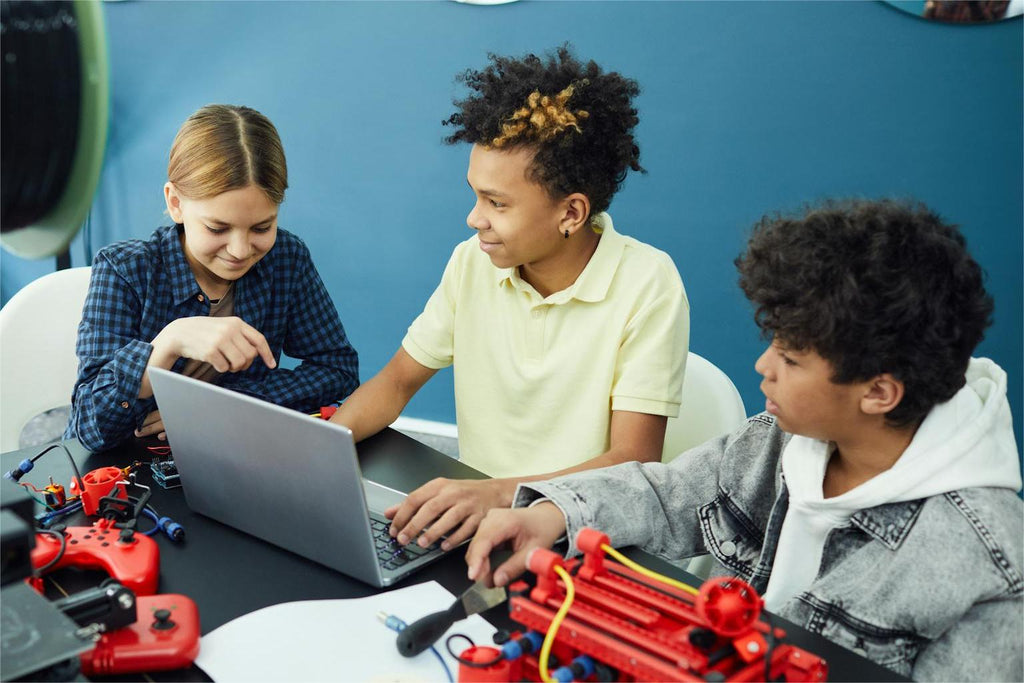
3D printing kits teach kids career-oriented software widely used across industrial design and engineering. Mastering computer-assisted drawing (CAD) builds in-demand visual design and technology abilities.
Judiciously using 3D printers also develops important skills:
1. Forward-Thinking Mindset
The world needs creative problem-solvers who envision helpful new innovations through technology. With guidance, 3D printing nurtures an optimistic view in kids as potential changemakers rather than overwhelmed observers of progress.
2. Adaptability to New Technologies
Comfort learning high-tech tools - once reserved for niche fields - increasingly drives career success. 3D printing exposure establishes this "technological literacy" early on. Kids gain confidence utilizing sophisticated systems central to most future jobs.
Rather than risks, focused 3D printing participation cultivates in kids empathy, ethics, design thinking, and technical capacities to craft innovative futures centered on human needs and environmental wellness.
Guiding Kids Into a High-Tech Future
Parents should nurture children's creativity and problem-solving with compassion. Avoid extremes of recklessness or fear about emerging technology. With balanced perspectives and safety precautions, innovations like 3D printing become toolkits for kids to build better futures. Guide youth to positively transform industries and communities using technology ethically for human welfare. 3D printing develops empathy, design thinking, and technical skills to craft solutions focused on people and the environment.


 Q2
Q2
 QIDI Box
QIDI Box
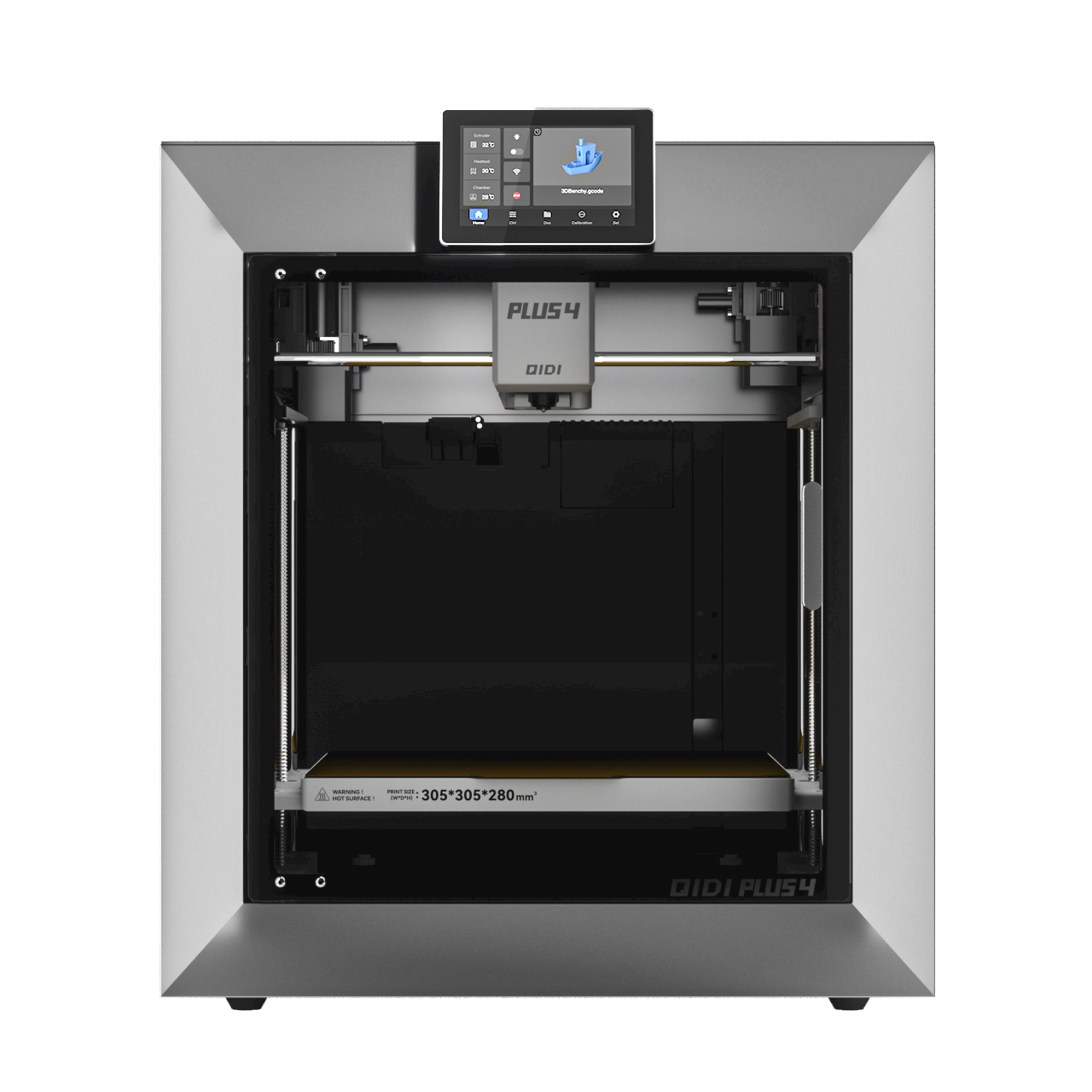 Plus 4
Plus 4
 Q1 Pro
Q1 Pro
 X-Max 3
X-Max 3

